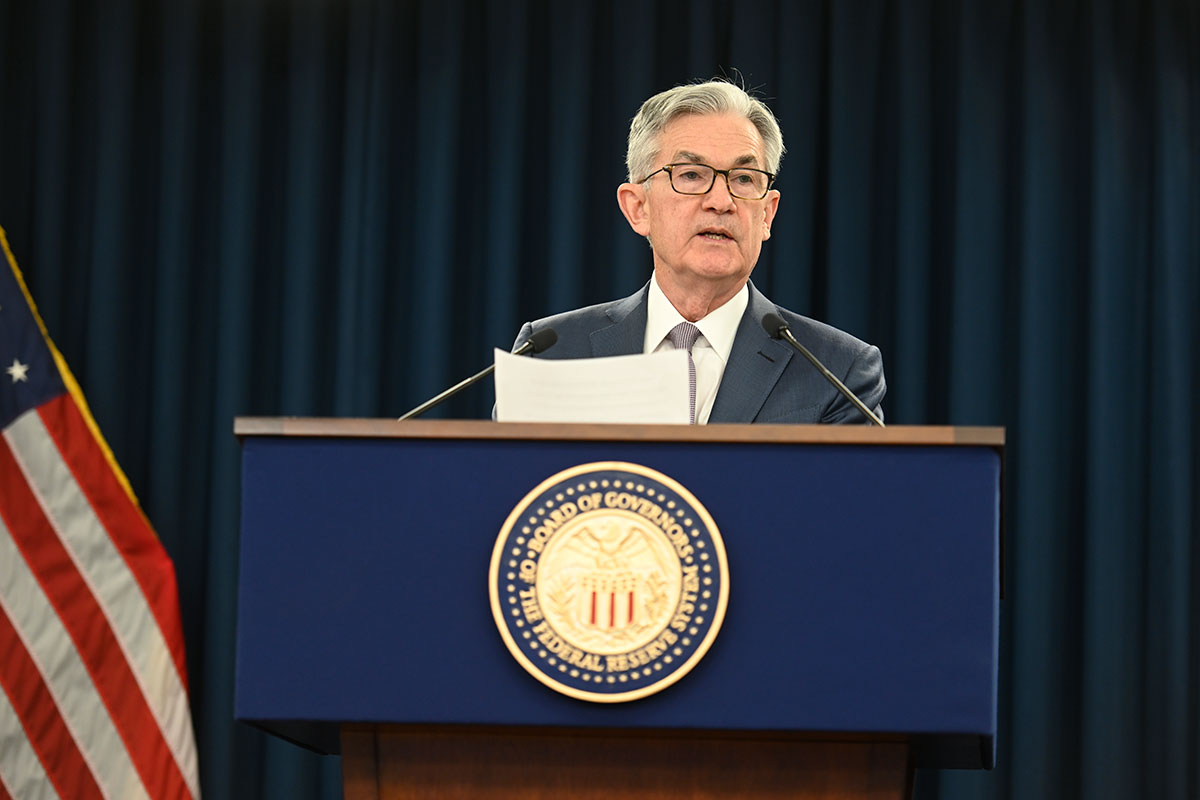What is the Fed’s move hiding?

The Federal Reserve paused in June but raised its interest rate estimates throughout the year. The analysis of Tiffany Wilding, North American Economist and Allison Boxer, Economist of Pimco
After raising interest rates in 10 consecutive meetings since March 2022, the US Federal Reserve paused in June but expects further tightening. In light of recent economic data and the Fed's revised forecast, we believe this pause is likely to be a “shift shift” and that we will see another – and likely last – rate hike in July. Further out, our base case calls for a weakening of the US economy in late summer or fall, likely prompting the Fed to halt hikes after July. However, if the data continues to be strong and push the Fed to continue raising rates, the risk of a steeper slowdown will likely increase.
Fed officials are balancing the risks of high inflation , which made little progress in the first half of 2023, and the lagged effects of the 500 basis point tightening campaign. Although Fed officials have hinted that they will take more time to assess the impact of monetary policy, stubbornly stable core inflation and the labor market reports since the Fed hinted at a pause complicate the balancing operation.
HAWKISH PAUSE FOR THE FED
At its June meeting, the Fed left rates and fiscal policy unchanged, while signaling that further rate hikes may be needed. The new Summary of Economic Projections includes upward adjustments to the dot plot; central bankers have raised their interest rate projections for 2023, so that the median point has risen by 50 basis points to 5.6%. A significant majority (12 out of 18 central bankers) see at least another 50 basis points of tightening this year, suggesting that Chair Jerome Powell and other members of the Fed leadership are among those expecting more hikes.
Fed officials also adjusted their economic projections to a hawkish stance, expecting lower unemployment, stronger growth and stickier inflation this year, in line with their projections for further tightening of monetary policy.
Interestingly, several officials raised their long-term estimates slightly for rates, a sort of indicator for the neutral interest rate. While the median remained unchanged at 2.5% (in line with PIMCO's New Neutral range), upward revisions suggest officials may be considering whether the neutral interest rate has evolved since the pandemic.
KEEP THE OPTIONALITY
In the press conference, Chairman Powell suggested that the pause in rate hikes could be short-lived. We believe the Fed is trying to maintain the optionality to hike rates or skip a round at any single meeting, depending on the conditions. Slowing the pace of tightening while continuing to let markets expect more hikes can help keep financial conditions appropriately tight and buy time for the lagged effects of previous rate hikes to show in macro data.
We believe the Fed maintains the position that the risk of doing too little to cool inflation is greater than that of doing too much. While Chairman Powell has hinted that the Fed could potentially hike rates at every other meeting, our forecasts of macroeconomic weakening in the second half raise questions about whether the Fed will deliver all the hikes (i.e., at least two more) projected in its latest projections.
MACRO RISKS ARE INCREASING
Despite recent positive data, we continue to see a two-speed US economy. On the one hand, inflation data, as well as the labor market, have remained resilient, particularly since the previous Fed meeting in May. On the flip side, payroll growth has continued to slow, companies are cutting back on hours, and areas of inflation that have been stubbornly sticky, such as rental inflation, appear to be finally peaking.
Government policy changes are also likely to add macro volatility in the second half of the year, potentially putting the US economy in turmoil just as Fed officials convene for their September meeting. The resumption of student loan payments in September and the tax deadlines postponed to October could represent significant drags on consumption in the third quarter. While continuing to believe that healthy household budgets can help support the overall economy, rising debt service costs risk dent household savings gluts, reducing what has been an important support to government growth United.
Bottom line, our cyclical outlook still calls for a recession. We think a further hike in July will likely take the Fed to its peak for this cycle, but if stronger real data prompts the Fed to continue hiking, the chances of a more significant slowdown would also increase.
This is a machine translation from Italian language of a post published on Start Magazine at the URL https://www.startmag.it/economia/che-cosa-cela-la-mossa-della-fed/ on Thu, 15 Jun 2023 09:37:37 +0000.
